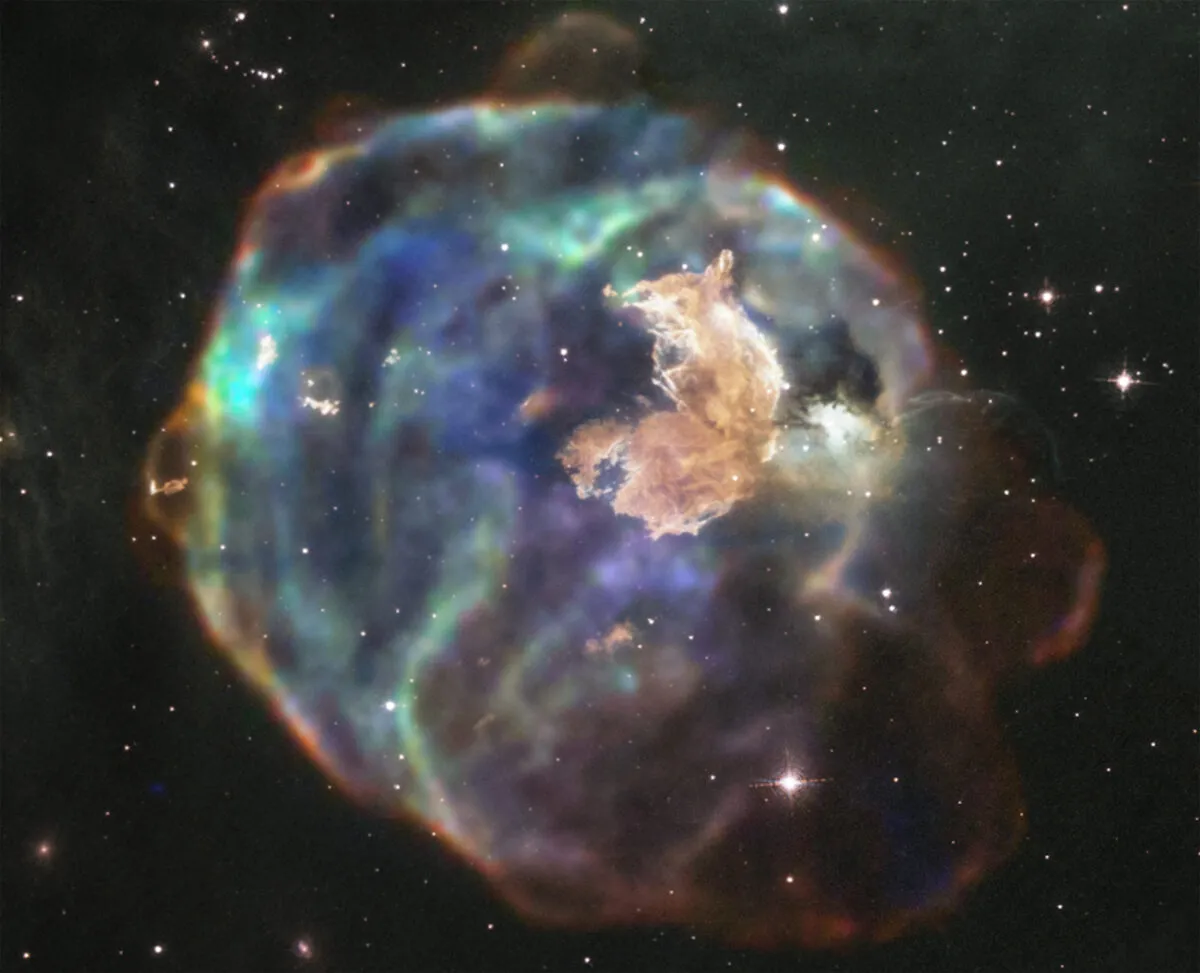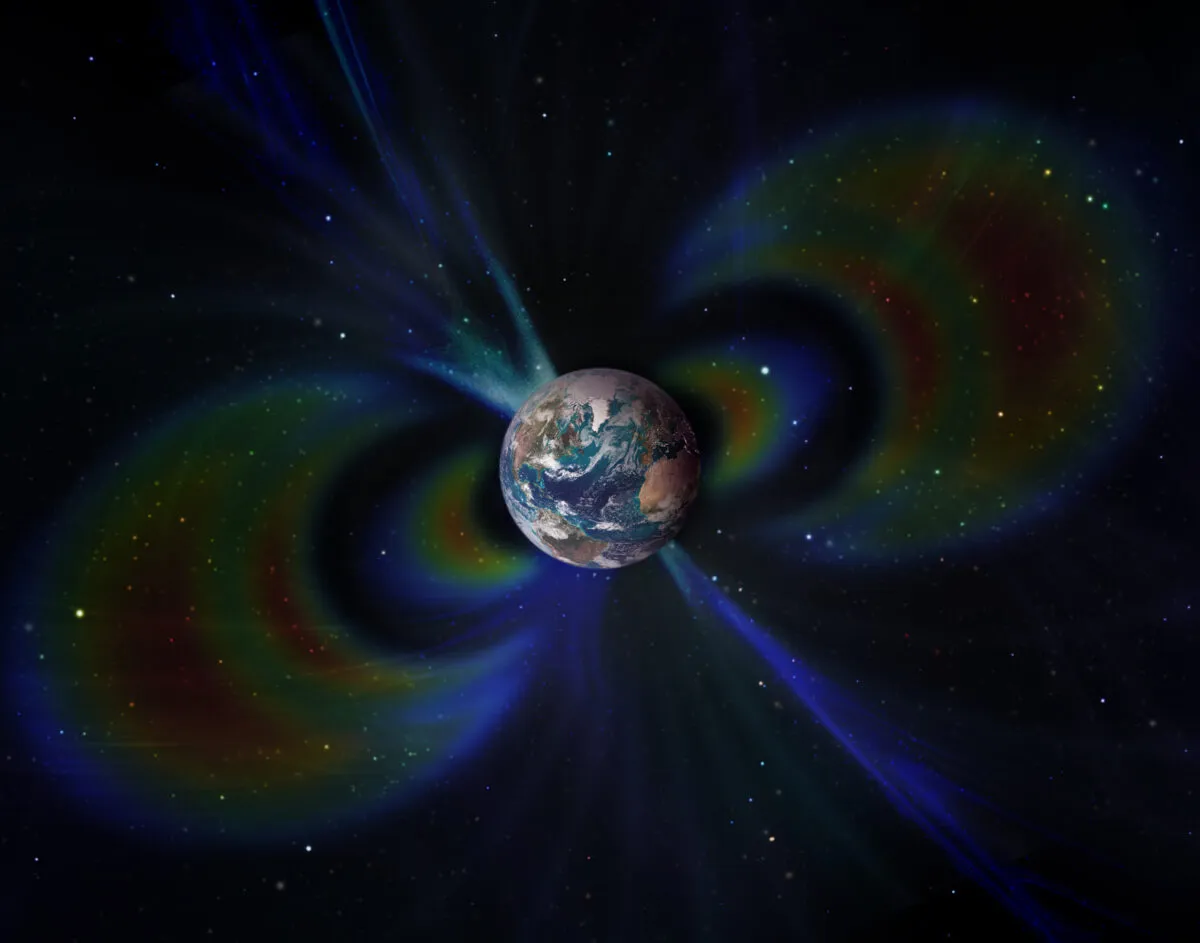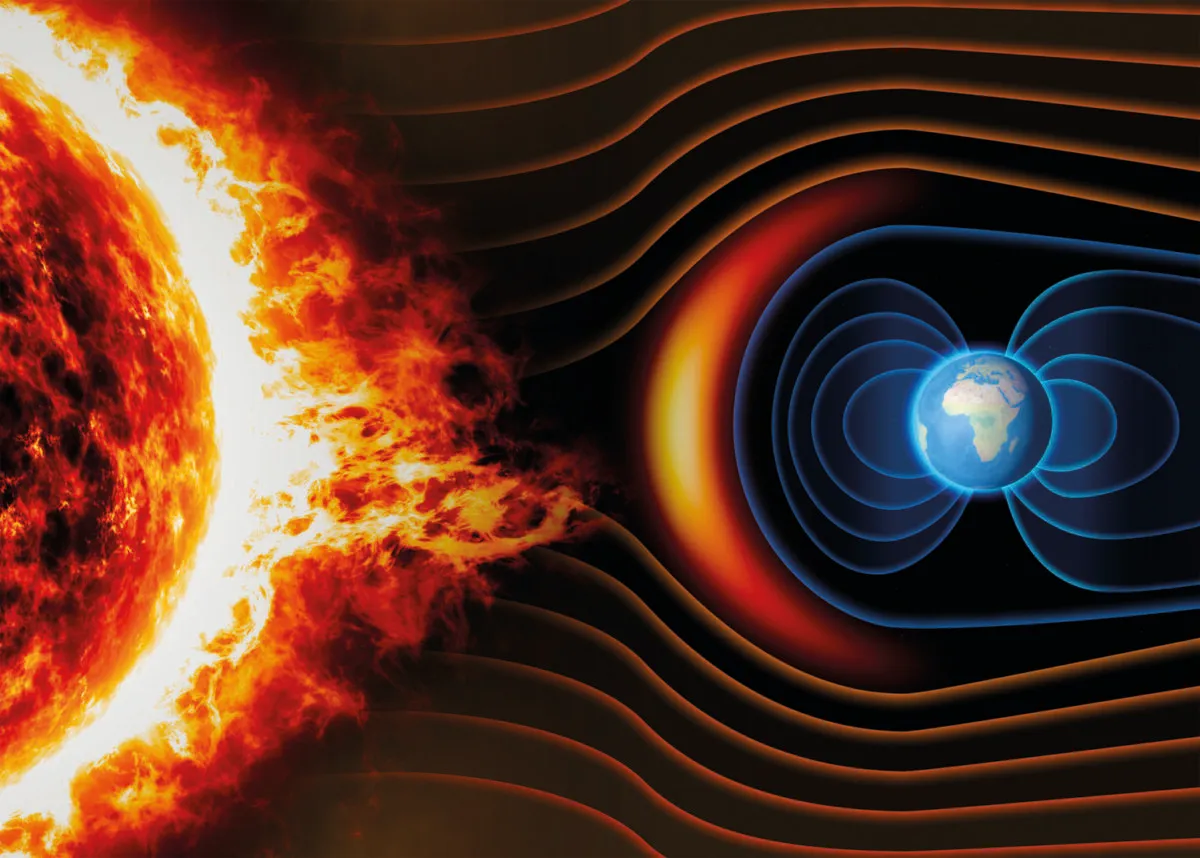Supernovae are one of the Universe’s most cataclysmic events, it makes sense to wonder what would happen if a supernova occurred close to Earth.
How close would a supernova have to be to affect life on Earth?
This is what causes a supernova.
When massive stars run out of nuclear fuel in their core, they can no longer hold themselves up against the immense crush of their own gravity and so suddenly collapse.
This creates enormous shockwaves through the star and the outer layers explode violently outwards.
The expanding shell of material sweeps through interstellar space and can trigger the formation of new stars.
But some of these particles end up with a huge amount of energy and are shot across the galaxy as cosmic rays.

Earth is being constantly bombarded by a background flux of such galactic cosmic rays.
They're one of the major hazards to astronauts venturing beyond the shielding effects of the planet’s atmosphere and magnetic field.
But if a supernova were to detonate particularly close to Earth, the point-blank blast of cosmic radiation could have serious consequences on a global scale.
Computer simulations have shown that the pulse of energetic particles would drive a lot of chemistry in the atmosphere, creating compounds like nitrogen dioxide that cause acid rain and chemically attack the ozone layer (and so lead to greater levels of ultraviolet radiation from the Sun reaching Earth’s surface).
Some of the energetic particles created during these interactions – such as muons – also make it to the surface and so can pose a direct radiation hazard to life.
Could Earth's magnetic field save us from a supernova explosion?

But there’s been an important detail missing from previous studies on the terrestrial effects of cosmic rays from nearby supernovae.
Due to the fact that they are charged, cosmic ray particles are deflected by magnetic fields; an effect that is more pronounced for the lower-energy radiation particles.
This means that as the pulse of particles blasting out from a close supernova travels to Earth, the lower-energy particles are scattered more by the magnetic fields threading through interstellar space and are effectively suppressed.
Brian Thomas and Alexander Yelland, at Washburn University in Kansas and MIT respectively, ran computer simulations that include this filtering effect.
They found, as they had expected, that it reduces the impact of the cosmic ray surge on Earth.

The filtering effect is much more significant for more distant supernovae.
At, say, 320 lightyears from Earth - close in cosmic terms - a supernova probably wouldn’t have any noticeable terrestrial effects.
But for a supernova around 160 lightyears away - even closer - the enhanced stream of cosmic rays hitting Earth is still 10 times higher than background levels and lasts for centuries.
A supernova especially close to Earth, at 65 lightyears, Thomas and Yelland calculate that the flood of cosmic rays would surge to around 200 times higher than normal.
This would have dire consequences for the planet, with at least 30% of the ozone layer destroyed around the planet, and as much as 87% in polar regions.
Thomas and Yelland conclude that while previous studies have significantly overestimated the radiation dose caused by a supernova 160 lightyears away, close-by supernovae would still have devastating consequences.
Their results support the speculation that perhaps nearby supernovae are responsible for at least one of the mass extinctions of complex animal life on Earth over the past 500 million years.
Fortunately, there are only two nearby stars which could go supernova within the next million years or so, Antares and Betelgeuse, both of which are over 500 lightyears away.
Lewis Dartnell was reading Terrestrial Effects of Nearby Supernovae: Updated Modeling by Brian C Thomas and Alexander M Yelland. Read it online at: arxiv.org/abs/2301.05757.
This article originally appeared in the April 2023 issue of BBC Sky at Night Magazine.

